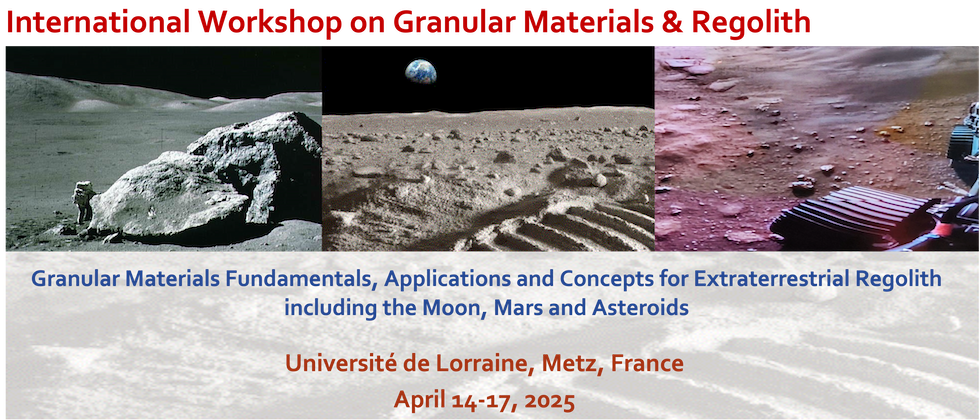
|
|
|
Keynotes/Features > Feature SpeakersFeature Speakers
S. Joseph Antony, Ph.D., FRSC (London). School of Chemical and Process Engineering, University of Leeds, Leeds, UK. . Title: Micromechanical Insights on Shear Strength and Flow Dynamics of Granular Media 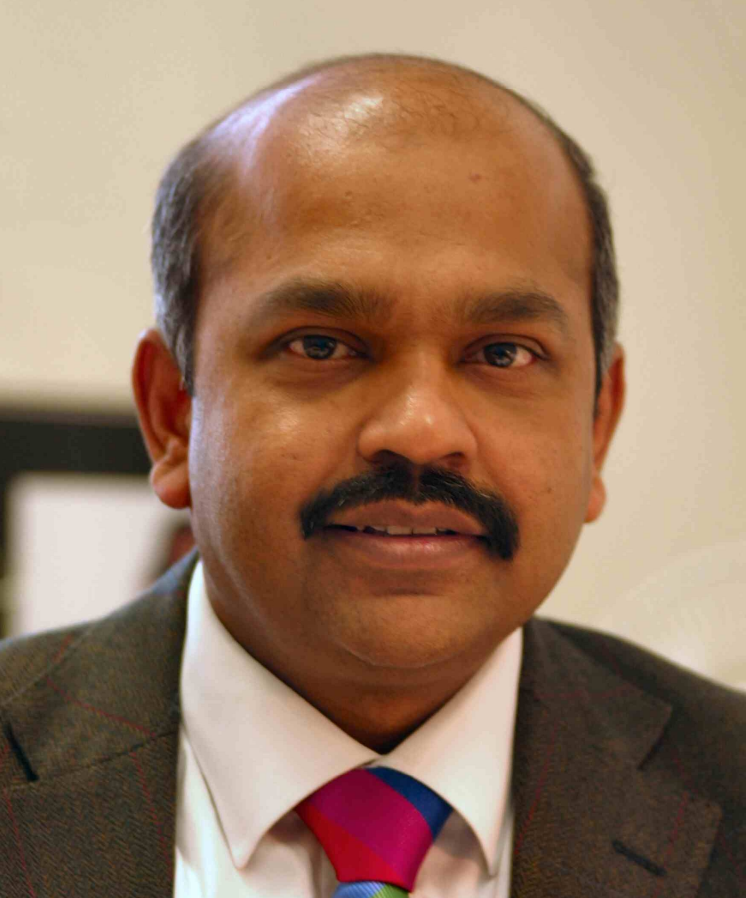 Research expertise: Granular mechanics, particle technology, and multi-scale experiments and computing in interdisciplinary and multidisciplinary applications, including the reuse of conventional waste in concrete, bio-stress measurements, and space granular processing. Additionally, the impacts of pandemics such as due to the COVID-19 on engineering industries and national economies are also considered. He has published over 150 papers in reputable international journals and conference proceedings. Active in the particle technology community both in the U.K. and internationally, he holds memberships in several professional bodies and serves on technical committees, including the ASME committee on the constitutive behaviour of materials. Emilien Azéma, Ph.D., Professor, LMGC/CNRS, Université de Montpellier, France. Title: Predicting the mechanical strength of self-gravitating aggregates from regolith tensile strength 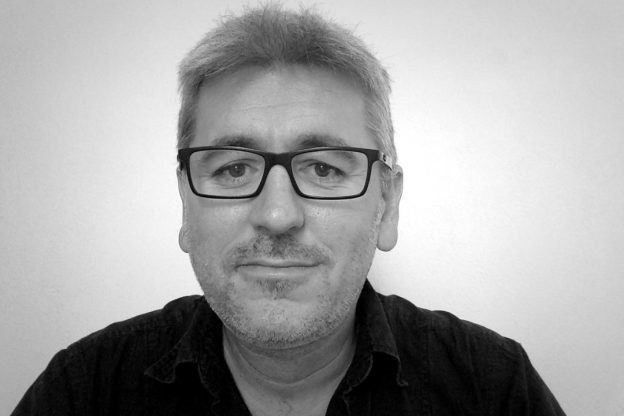 Emilien AZÉMA is a Full Professor at the University of Montpellier, affiliated with the Department of Mechanical Engineering (Faculty of Sciences) and the Mechanical & Civil Engineering Lab (LMGC). He holds a Research Chair from the Institut Universitaire de France (IUF, 2020–2025) and has been appointed as Professeur Associé at Polytechnique Montréal in the Department of Civil, Geological, and Mining Engineering. Emilien earned both his Master’s and PhD at the University of Montpellier, where he investigated the rheological and micromechanical behavior of realistic granular media with applications to railway ballast. His international experience includes research stays as a visiting scholar at the Universidad de Los Andes (Colombia) in 2008 and at the University of Chiang Mai (Thailand) in 2015–2016. Before joining the University of Montpellier as an Associate Professor in 2008, he worked as a researcher at the Laboratoire Central des Ponts et Chaussées (now IFSTTAR). His research focuses on the micromechanics of granular systems with complex microstructures and interactions. He is a pioneer in systematically illuminating the nonlinear effects of particle shapes (e.g., angularity, non-convexity, elongation, and platy morphology) and particle size polydispersity (e.g., size span and distribution shape) on granular rheology across regimes from quasi-static to rapid flows. His work also explores evolving granular systems, addressing phenomena such as particle fragmentation, grain deformations (soft particles), and immersed granular flows. In addition, Emilien is tackling new challenges in metagranular systems, which involve “exotic“ particles that are highly non-convex and capable of undergoing large deformations. These systems hold significant promise for innovative construction designs, where their unique mechanical properties could open new frontiers in engineering applications. Parallel to this, Emilien has recently expanded his research to include extraterrestrial granular systems, particularly in the context of granular asteroids. His work bridges fundamental advances with applied studies, spanning geomaterials, powders, rocks, and more recently, planetary science. Béatrice Baudet, Ph.D., Professor, Civil, Environmental and Geomatic Engineering department, University College, London, UK. Title: Contact mechanics of geomaterials Béatrice Baudet received her undergraduate engineering degree from the Ecole Spéciale des Travaux Publics (Paris) in 1997, and pursued her postgraduate MSc (Glasgow University, 1997) and PhD (City University London, 2001) studies in the UK. She joined University College London as a lecturer in 2001, which she left in 2010 to work at the University of Hong Kong (HKU) for six years, then she came back to UCL in 2016 where she is now Professor of Soil Mechanics. Her research career started as a constitutive modeller of natural clays, then at UCL she developed expertise in laboratory characterisation of soils including time effects, soil reinforcement, or granular soil mechanics. While at HKU, she developed a unique microscopy facility which allowed her explore soils at the microscale, noticeably the characterisation of sand grain surface roughness and its change during loading, work which was awarded the 2021 British Geotechnical Association medal. She is continuing this research at UCL, as well as looking into the microstructure of clays and effects of pollutants of clay behaviour. Béatrice is currently an associate editor of the ASCE Journal of Geotechnical and Geoenvironmental Engineering, having previously sat on several other journal panels. She noticeably served two terms on the Géotechnique journal advisory panel and was part of the Géotechnique Letters journal founding panel, for which she acted as its deputy chair (2013-2016). She chairs the Belgian research grants panel FWO on Science and Technology of Constructions and the Built Environment. Andreas Becker, Extraord. Prof. Dr.-Ing. habil. RPTU Rhineland-Palatinate Technical University. Division of Soil Mechanics and Foundation Engineering. Paul-Ehrlich-Str. D-67663 Kaiserslautern, Germany . Title: Effect of particle size distribution and porosity on the thermal conductivity of common regolith simulants 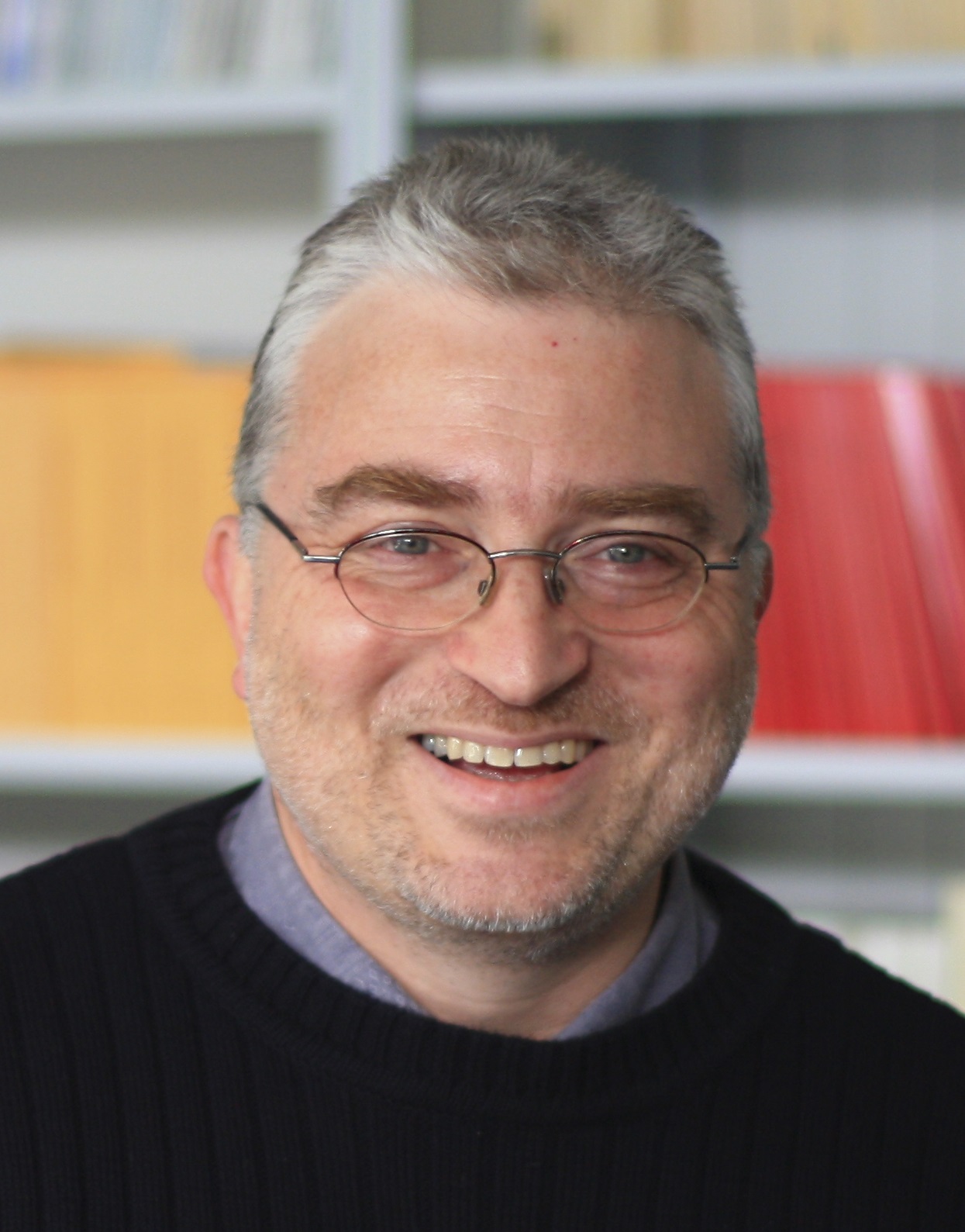 Dr. Andreas Becker is an extraordinary Professor in the Civil Engineering Department of the Rhineland-Palatinate Technical University in Kaiserslautern, Germany. He holds a Dipl.‐Ing. degree in civil engineering, a Dr.‐Ing. degree, and a habilitation in theoretical soil mechanics from that university. Courses taught include theoretical soil mechanics, numerical methods, geotechnical engineering, ground improvement methods, and special foundation works. Besides extra-terrestrial soil mechanics his expertise covers soil mechanics, cyclic loading of soils, foundation engineering, advanced field testing of soils by static and seismic methods, vibration protection, numerical methods in geomechanics, advanced soil mechanical laboratory testing, as well as modelling of and testing for terramechanical problems. He was involved in the interdisciplinary Helmholtz Alliance “Robotic Exploration of Extreme Environments – ROBEX”. He is a member of the Aerospace Division Space Engineering and Construction Technical Committee of the American Society of Civil Engineers (ASCE/ASD-SEC TC), the national DIN committee on geotechnical field testing, and the working group on numerical methods in geotechnical engineering of the German Geotechnical Society. He is the author of numerous publications and a reviewer for major journals. Sven Bilén & Aleksandra Radlińska 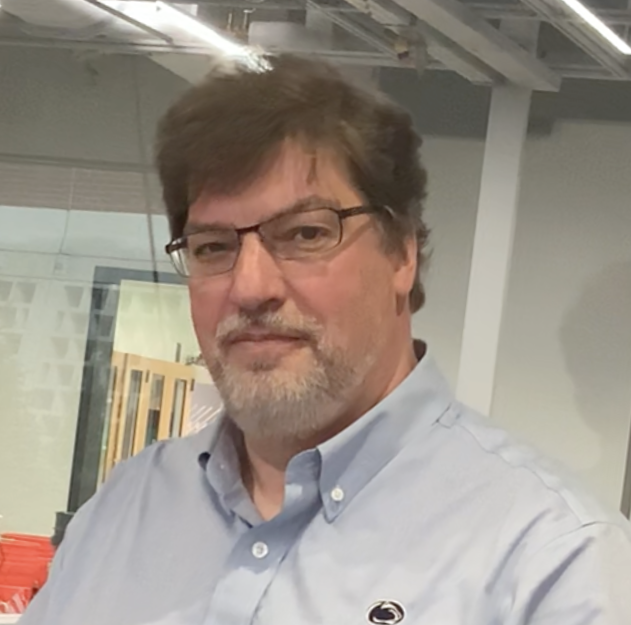 Dr. Bilén has over three decades of experience designing, building, and fielding innovative systems for harsh and demanding environments—from space to the Arctic. He employs a systems design approach to ensure mission success, translating early stage needs into verified requirements and validated deployed systems. Since 2000, Dr. Bilén has been on faculty at Penn State, where he is professor of engineering design, electrical engineering, and aerospace engineering, reflecting his belief that innovation happens at the interfaces of disciplines. Employing his broad skill set, Dr. Bilén has built satellites and satellite systems; wireless sensor networks; cognitive and software-defined radio systems; high-power microwave delivery systems for space propulsion; and robotic concrete printing systems. Building on the success of the PennStateDen@Mars team in NASA’s 3D-Printed Mars Habitat Challenge, Sven helped found the Additive Construction Laboratory (AddCon Lab) at Penn State. Dr. Bilén has a strong interest to see technologies he has worked on and advanced within a university research environment to get “into the wild”. Prior to becoming a co-founder of X-Hab 3D, he has been part of several start-ups that commercialized these technologies. Bilén is a registered professional engineer in Pennsylvania. He is senior member of IEEE, associate fellow of AIAA, and member of AGU, ASEE, INCOSE, and Sigma Xi.
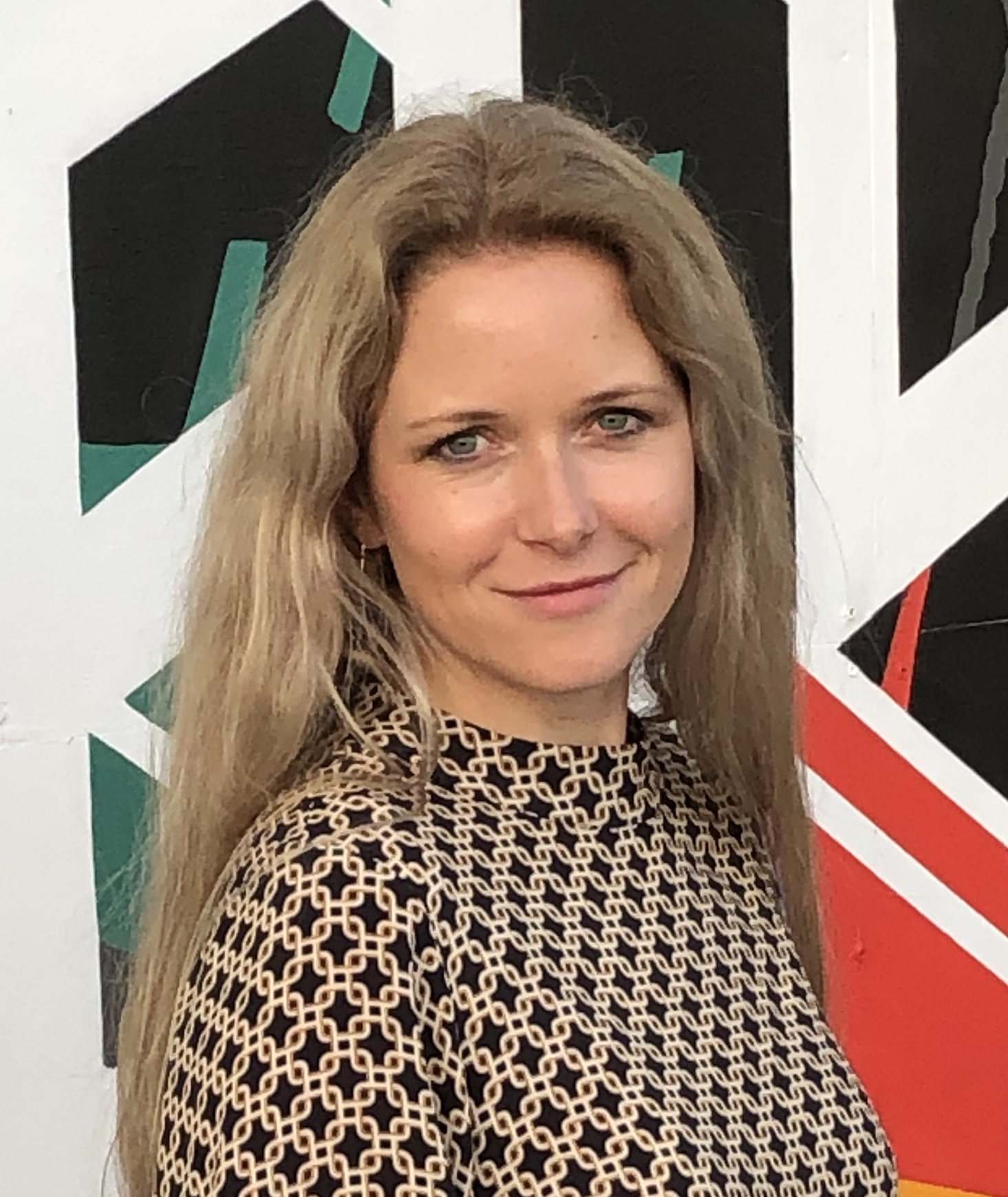
Dr. Radlińska is a professor at Penn State University. Her research focuses on the development of innovative materials for extreme environments, including 3D-printed concrete and regolith-based construction for lunar and Martian infrastructure. Dr. Radlińska's work has been featured in groundbreaking projects such as the MICS, which studies materials mixed aboard the International Space Station. She is dedicated to advancing sustainable and resilient construction technologies for both Earth and space exploration, contributing to NASA's Artemis mission and beyond.
She served as a Chair-Elect of the American Ceramic Society (ACerS) Cements Division in 2017 and meeting chair in 2018, which was held on Penn State’s University Park campus. Dr. Radlińska is a fellow of the ACI. Douglas D. Cortes, Ph.D., Harold Foreman Associate Professor, Civil Engineering Department, New Mexico State University, Las Cruces, New Mexico, U.S.A. Title: Concurrent determination of thermal conductivity and p-wave velocity of lunar regolith simulants 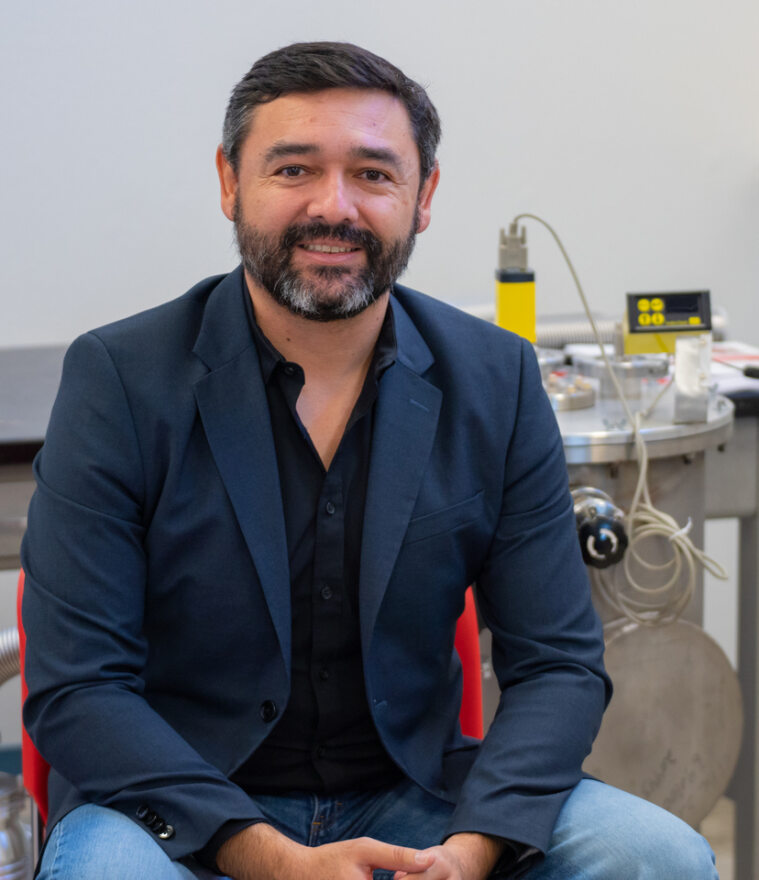 Dr. Cortes is the Principal Investigator of the NASA Funded MUREP Advancing Regolith-related Technologies and Education (MARTE) Project. He is also a senior investigator for the NSF research Center on Bio-mediated and Bio-inspired Geotechnics (CBBG), where he is working on the development of annelid inspired self-excavating subsurface exploration robots, and bio-inspired enhanced geothermal energy harvesting systems. Doug is an expert on thermo-mechanical soil characterization and modification, mineral and non-mineral cementation, and the development of non-conventional laboratory and field soil characterization and sensing methods. He has managed research projects with a combined budget in excess of $3 million including collaborative research across multiple universities. He has served in the organizing committee for the First Conference on Bio-mediated and Bio-inspired Geotechnics in 2018, has chaired the mini-symposium on Bio-inspired Geoprobes and Geosensors at the Engineering Mechanics Institute conference at Cal Tech in 2019, and co-chaired the session on Bio-inspired Geotechnics at the American Society of Civil Engineers Geo-Institute (ASCE) Geo-Congress in 2020. He is currently serving as vice Chair of the Geo-Institute Technical Committee on Sustainability in Geotechnical Engineering and has a member of the ASCE Sustainability Technical Committee. Doug also serves as the POC for New Mexico State University at the Lunar Surface Innovation Consortium. Nathan Gelino, Senior Principal Investigator, NASA Kennedy Space Center, Swamp Works, FL, U.S.A. Tentative title: Blue Collar Robots - Regolith Interaction 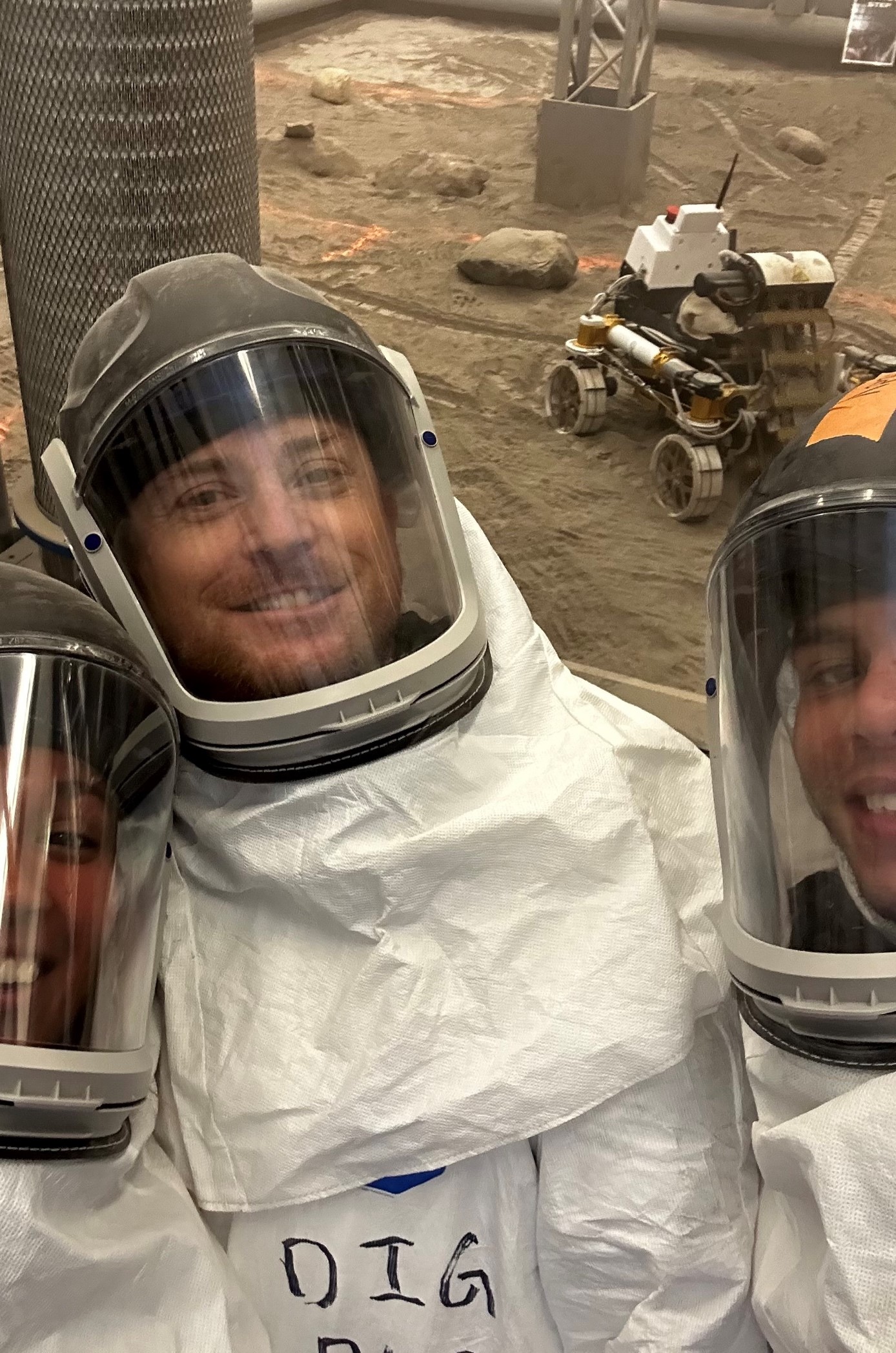 Nathan Gelino is a Senior Principal Investigator for Off-Earth Construction in the Granular Mechanics and Regolith Operations laboratory, a.k.a. Swamp Works, at NASA’s Kennedy Space Center. The primary focus of his work is in the areas of planetary in-situ construction technologies, excavation, site preparation, and robotics. His goal is to develop the technologies that will enable a sustained presence on the Moon and facilitate a vibrant lunar economy. Nathan has developed large and medium scale additive construction systems and materials for ambient and simulated lunar environments. He has developed robotic site preparation implements, interlocking sintered pavers, robotic emplacement systems, and tested launch/landing pad materials under hot fire conditions. His highest priority lunar infrastructure items are launch/landing pads protective shelters. Nathan actively participates in the NASA SBIR/STTR programs as sub-topic manager and supports the ASCE Aerospace Division Space Engineering and Construction Technical Committee’s effort to develop Lunar Infrastructure Engineering, Design, Analysis and Construction guidelines.
Nathan previously worked as a trajectory analyst for the NASA Launch Services Program and a safety engineer for Ares 1-X and the Space Shuttle Program. Nathan has a B.S. in Industrial and Operations Engineering from the University of Michigan. Nathan was a lead mentor for FIRST Robotics Competition Teams for eight years and continues to be a strong supporter. Patrick Harkness, Professor of Exploration Technology. Space and Exploration Technology Group (SET). James Watt School of Engineering, University of Glasgow, Glasgow, G12 8QQ, UK. Title: A summary of ultrasonic assistance in regolith-contacting tools 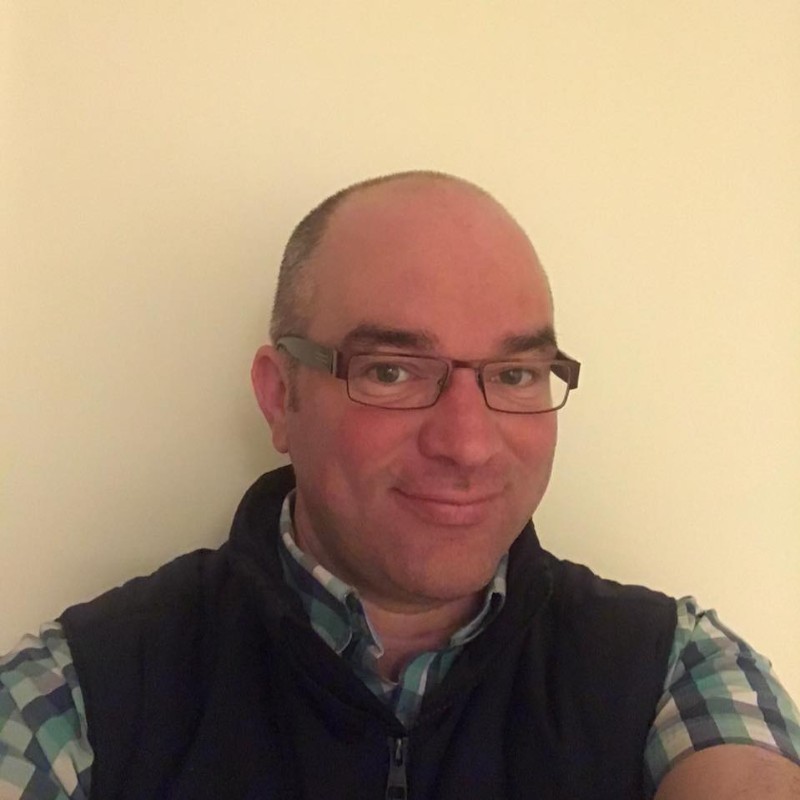 Prof. Harkness obtained his MEng at The Queen’s University of Belfast in 2003, and his PhD at Cranfield in 2007. His work on exploration concepts includes research on penetrators, augers, scoops, and novel concepts such as the pulse-elevator – a Tesla valve for granular materials. Patrick is interested in how sonic and ultrasonic vibration can cause local fluidisation that may be exploited to reduce resistance forces, auger speeds and power requirements. Separately, he and his colleagues work on technology development for extreme exploration tools, such as autonomous subglacial bedrock samplers. These devices enable terrestrial science while providing field-test opportunities for planetary technologies. We have taken our subsurface access and sampling concepts to both trial and practical applications in evaporite deposits, hot deserts, and the polar regions. Relevant work at the University of Glasgow is carried out at the Space Propulsion and Deep Exploration Laboratory (SPADE), with funding from the UK Space Agency, European Space Agency, and many others. We have access to a 70 m3 dirty vacuum chamber (the ESA plume-regolith interaction facility), which is used for regolith interaction experiments, and Glasgow overall is home to the largest ultrasonics academic research collaboration in the world (the FUSE Centre for Doctoral Training). We are always very happy to make new connections in research, industry, and scientific exploration. Katerina Ioannidou, Ph.D., CNRS Researcher, LMGC/CNRS, Université de Montpellier, France. Title: Nanoscale modelling of cohesive granular materials 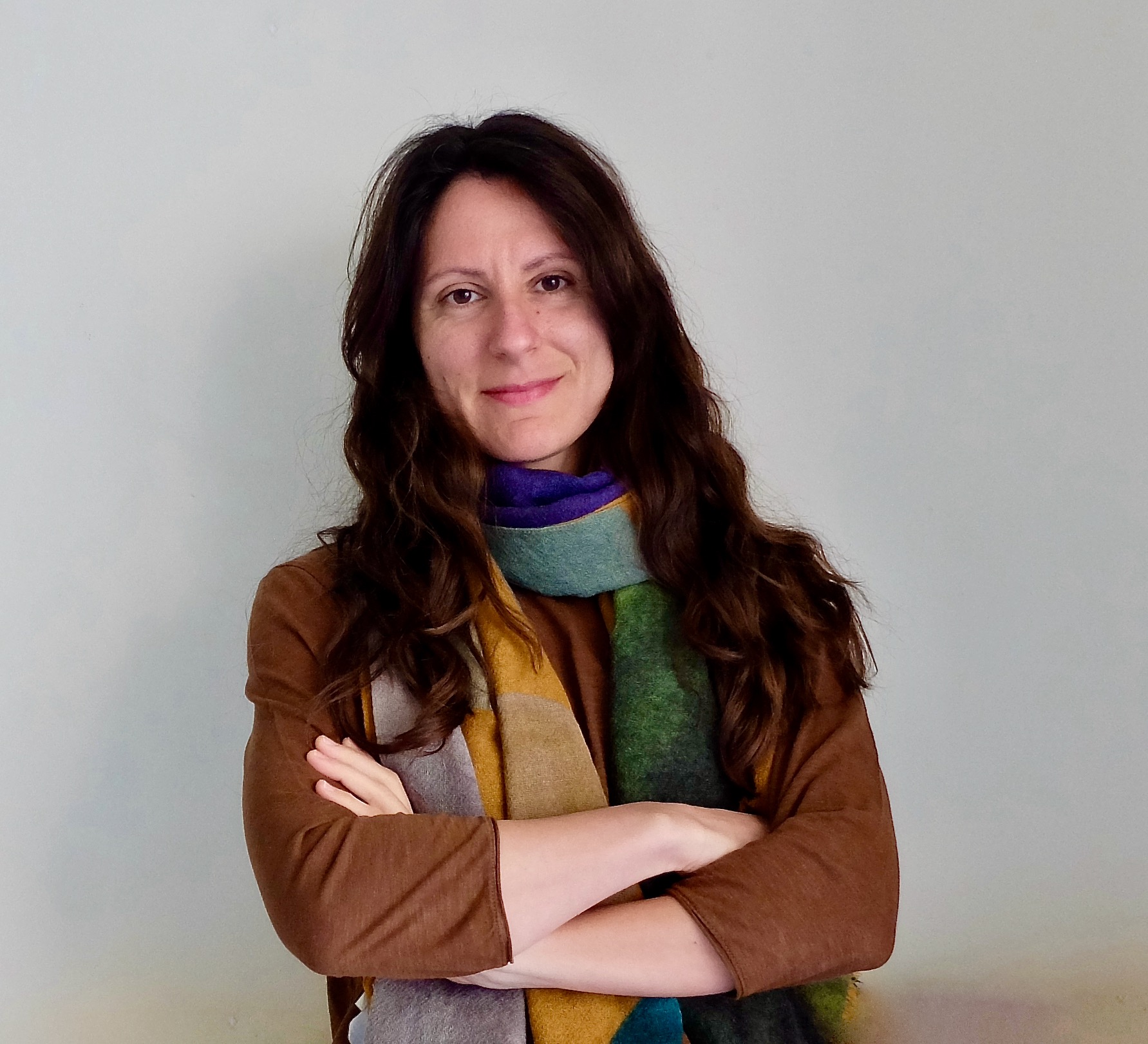 Katerina Ioannidou is a CNRS Research Scientist at the Laboratory of Mechanics and Civil Engineering, University of Montpellier, France. She holds an undergraduate degree in Physics from the National and Kapodistrian University of Athens, Greece, and a PhD in Science from ETH Zurich (2014). Prior to joining CNRS, she was a postdoctoral researcher at the Massachusetts Institute of Technology (MIT) in the Department of Civil and Environmental Engineering.
Michel Louge, Ph.D., Emeritus Professor, Sibley School of Mechanical and Aerospace Engineering, Cornell University, Ithaca, New York, U.S.A. Title: Capacitance measurements of packing fraction and low water content on a fine spatiotemporal resolution 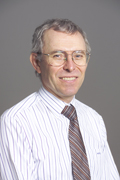 Michel Louge joined Cornell University in 1985 after earning a Ph.D. in Mechanical Engineering at Stanford University and working for Shell in the Netherlands. His research has contributed to chemical kinetics, circulating fluidized beds, pneumatic transport, particle impact, gas-solid heat transfer, granular flows down inclines, granular segregation, heat and mass transfer through desert sands, powder snow avalanches, fluid imbibition into unsaturated porous media, and the hysteretic behavior of the triple gas-solid-liquid contact line. His group has developed capacitance instrumentation that records solid concentration, velocity and water content in snow avalanches, fluidized suspensions, sand dunes and alpine snowpacks. Applications of his research are found in Chemical Engineering, Pharmacy and Geophysics. His experimental facilities have included a circulating fluidized bed, an inclined chute, a flume, and a setup to record restitution and friction in the impacts of small spheres. His field experiments were conducted on NASA's microgravity airplane, on the International Space Station, in deserts, and in mountains. He served as Visiting Professor at the University of Rennes, CentraleSupelec in Paris, Tsinghua University in Beijing, VinUniversity in Hanoi, and the University of Nottingham in the UK. He collaborates with Merck, a global pharmaceutical company, on instrumentation for powder processes, and serves as consultant for the International Fine Particle Research Institute, a consortium of the leading companies in Powder Technology. Pooneh Maghoul, Ph.D., PEng, Full Professor, Polytechnique Montréal, Montreal, QC, Canada. Title: Monitoring-While-Drilling Technology for Subsurface Exploration and Resource Utilization of Lunar Regolith 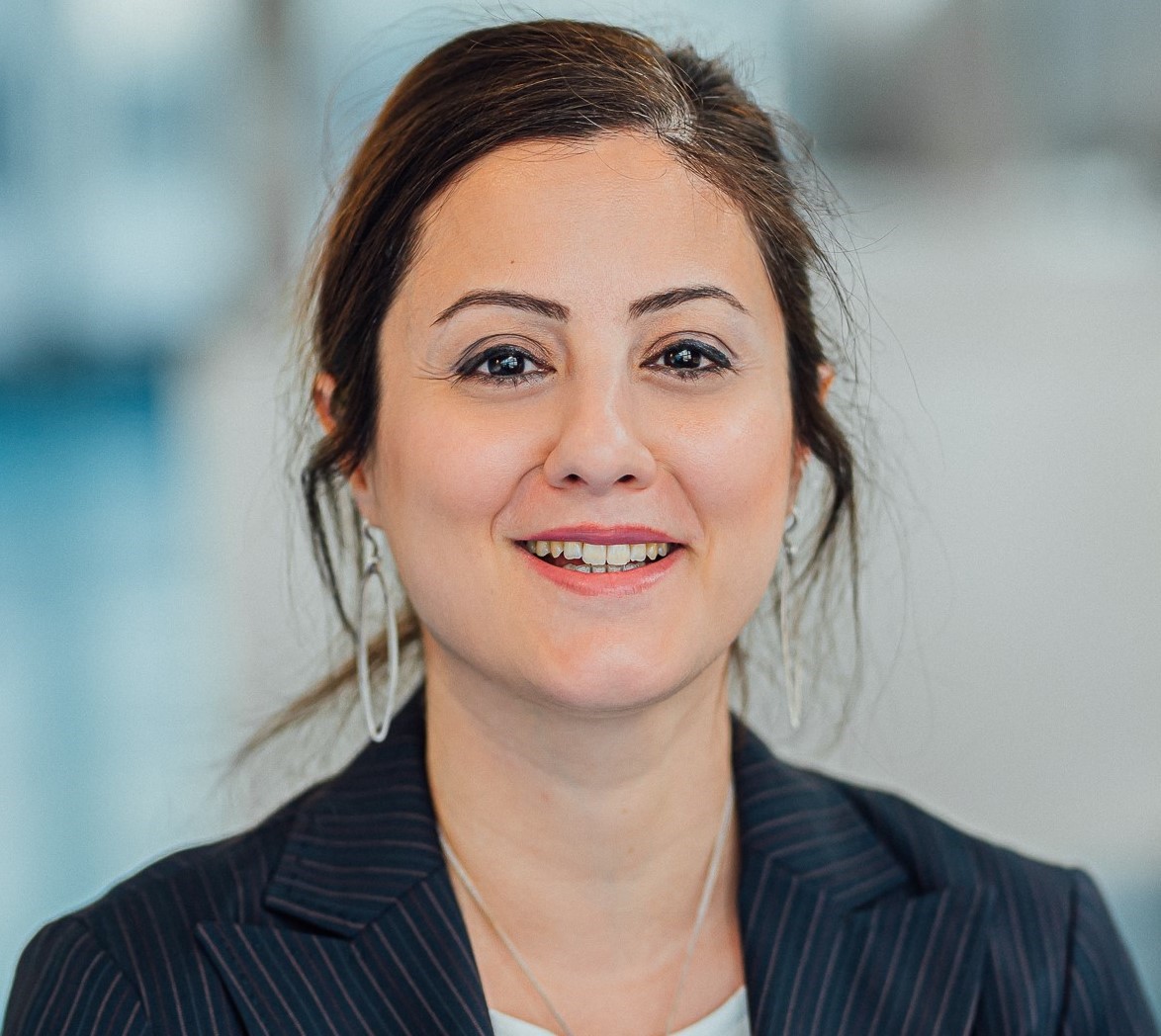 Dr. Pooneh Maghoul is a Full Professor of Geotechnical Engineering and Director of the Sustainable Infrastructure and Geoengineering Research Laboratory (SIGLab) and the Space Resources and Infrastructure Engineering Research Unit (Astrolith) at Polytechnique Montréal. She is also the Lead for Sustainable Infrastructure in Cold Regions at the United Nations University Institute for Water, Environment and Health (UNU-INWEH) and co-Chair of the Geotechnical Engineering and Foundation sub-group of the American Society of Civil Engineers (ASCE) Lunar Engineering Design, Analysis, and Construction. Dr. Maghoul’s research focuses on developing resilient and sustainable infrastructure in extreme environments, including space and cold regions. Her work includes permafrost engineering, smart mining, energy transition, low-carbon materials for ground improvement, geo-structural health monitoring, and In-Situ Resource Utilization (ISRU) on the Moon. She has received numerous prestigious awards, including the Outstanding Young Geotechnical Engineer Award from the International Society for Soil Mechanics and Geotechnical Engineering. Her innovative research has resulted in over 13 patents and software licenses and led to the creation of several startup companies. Robert P. Mueller, Senior Technologist / Principal Investigator, Exploration Research and Technology Programs. National Aeronautics & Space Administration (NASA) Kennedy Space Center (KSC), Swamp Works, Exploration Systems & Development Office, KSC, Florida 32899, USA. Title: Lunar Terramechanics Overview & Modeling Methods Survey 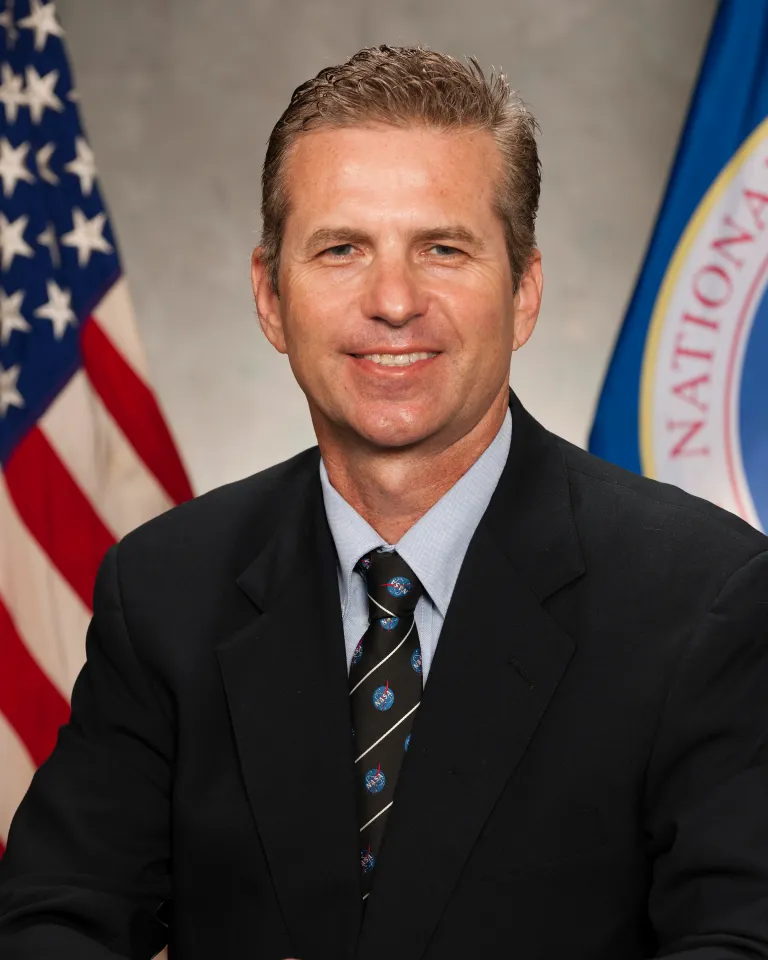 Rob Mueller is a senior technologist and principal investigator in the Exploration Research and Technology Programs Directorate at NASA’s Kennedy Space Center in Florida. He is the co-founder of the NASA Swamp Works innovation labs and the Kennedy Granular Mechanics & Regolith Operations (GMRO) Lab. Mueller is a member and former chairman of the American Society of Civil Engineers Committee for Regolith Operations, Mobility and Robotics, and a former chairman of the ASCE Aerospace Division Executive Committee. He is a member of the American Institute for Aeronautics and Astronautics Space Resources Technical Committee and also the Institute of Electrical and Electronics Engineers Tele Presence Future Directions Initiative Steering Committee. Naomi Murdoch, Ph.D., Planetary Scientist and Physicist, Researcher, ISAE-SUPAERO, Toulouse, France. Title: Interacting with small body surfaces: surprises, challenges and opportunities for upcoming small body missions (Hera, MMX Rover, RAMSES) 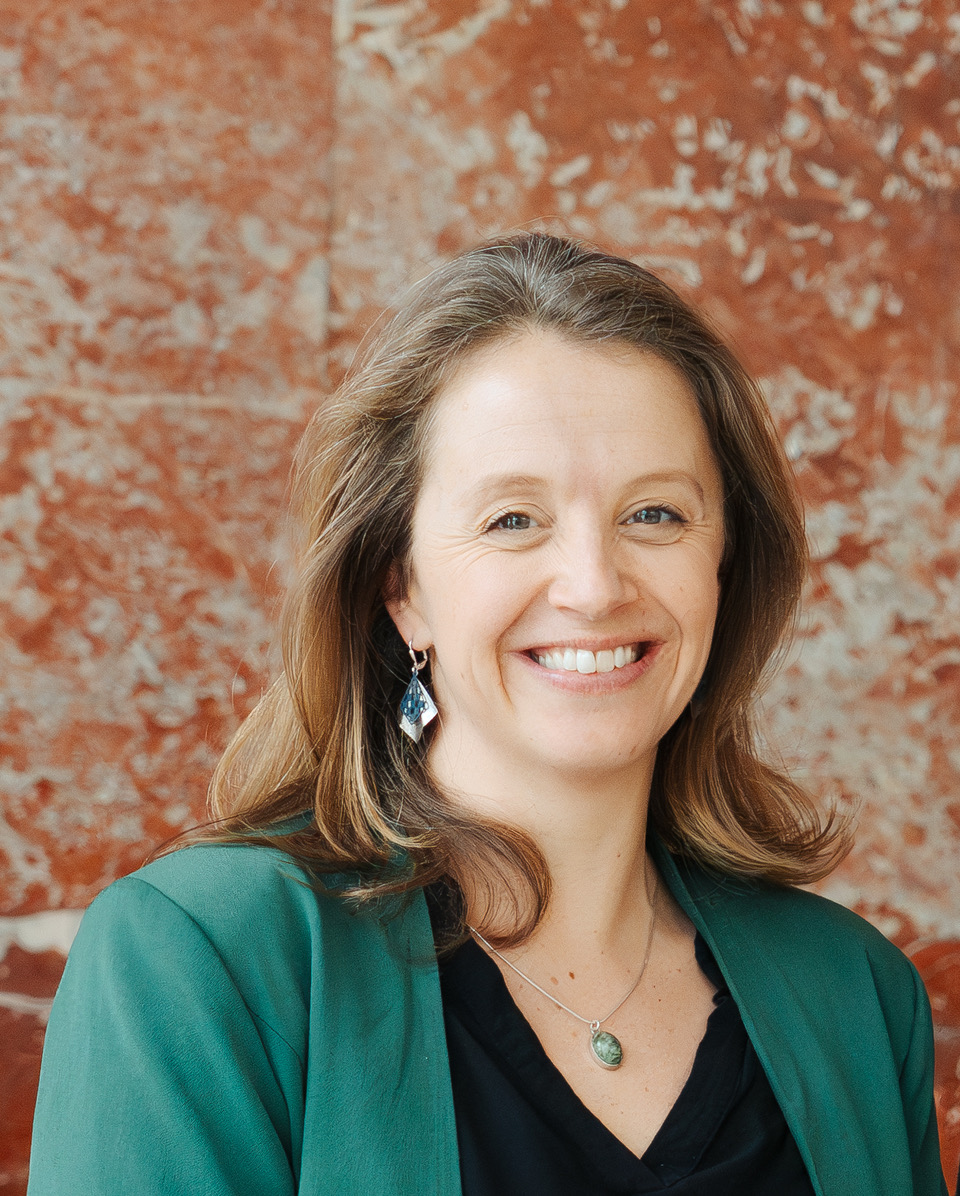 Naomi Murdoch is a physicist and planetary scientist at ISAE-SUPAERO. She has been involved in several planetary space missions including the InSight mission, the Mars 2020 Perseverance rover, and the DART planetary defence mission. She is the Principal Investigator for the WheelCams on the French/German IDEFIX MMX rover, and is a co-investigator for the ESA Hera mission. Naomi is also leading the ERC Consolidator grant GRAVITE focusing on geotechnical research in low-gravity environments. Her research activities span a number of fields such as planetary science, granular physics, geophysics, seismology and acoustics with research methodologies including experiments, theoretical analysis, numerical simulations and analysis of space mission data. However, the vast majority of her research has been linked to understanding the physical properties and behaviour of planetary surfaces.
Naomi is Associate Editor for the Journal of Geophysical Research: Planets, and she has an asteroid (Asteroid 8463 Naomimurdoch) named after her in recognition of her contributions to small-body science. |

